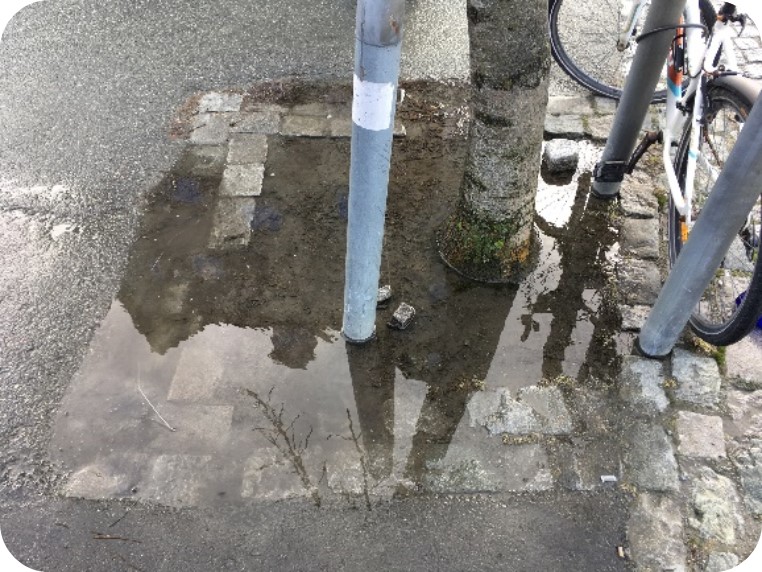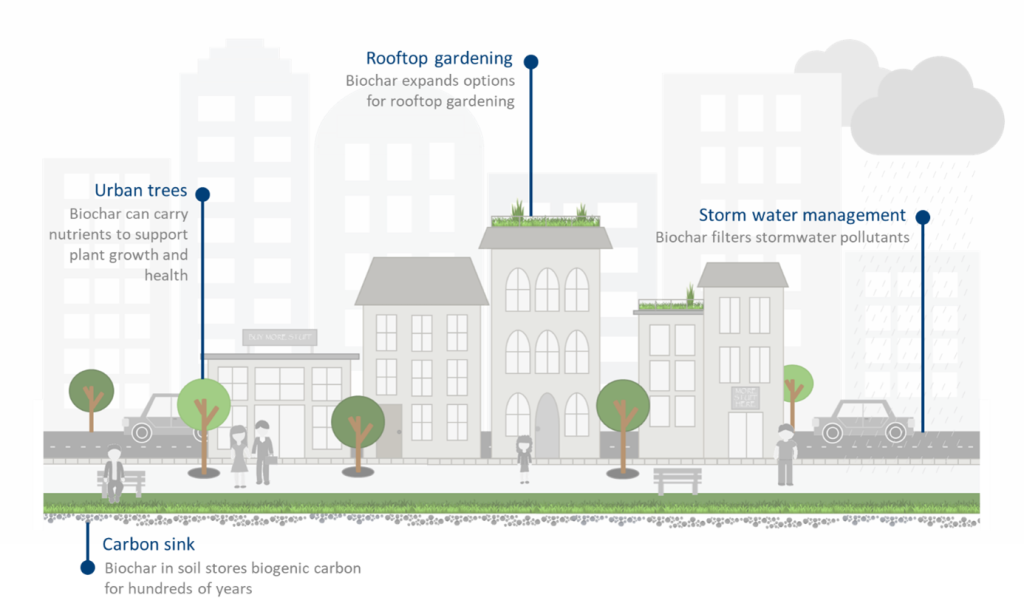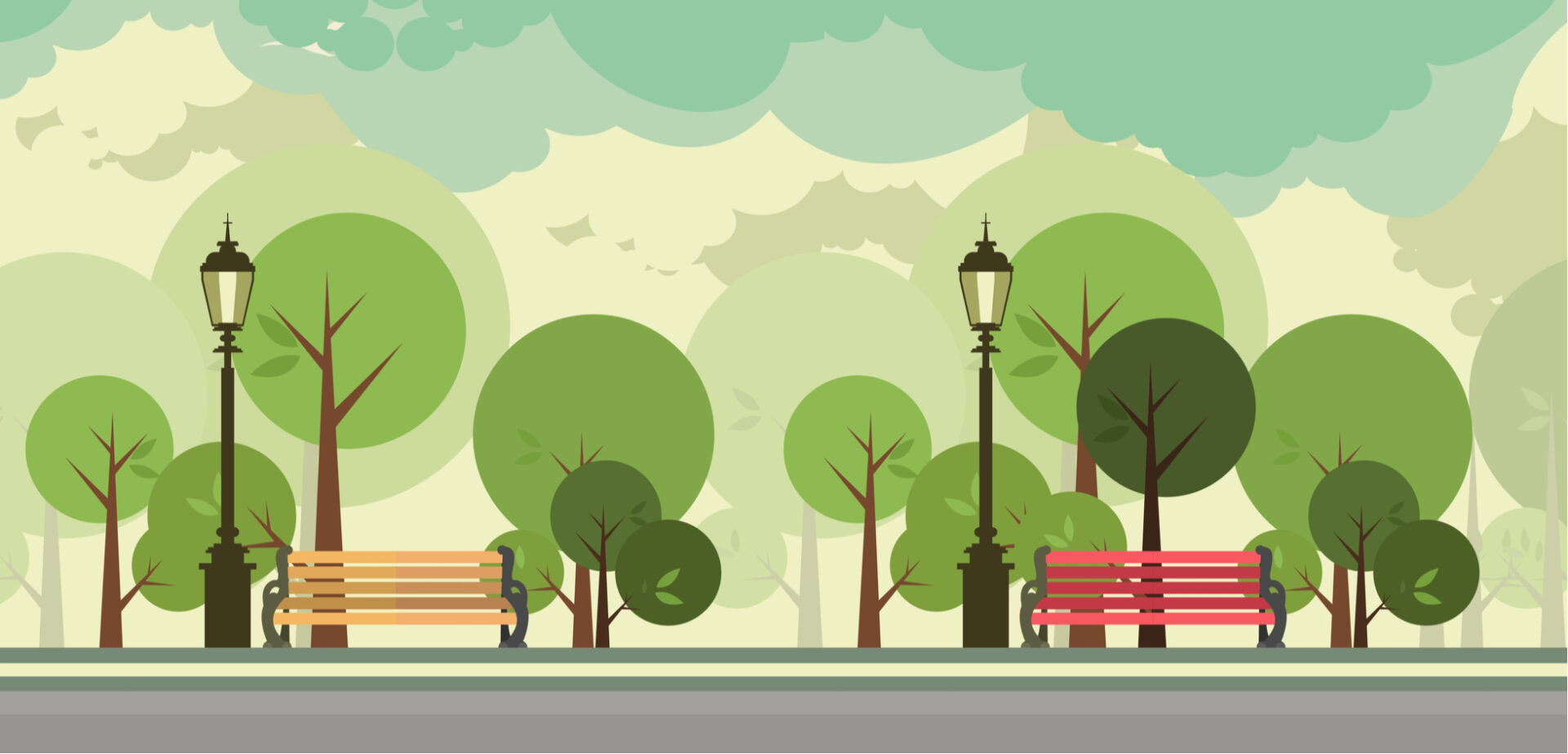Among other things, waste from park and gardens can be used to create much-needed biochar, which minimises environmental impact of waste while establishing a vital carbon sink.
Researchers from several Nordic countries have formed the Nordic Biochar Network to spread knowledge and experience about biochar. The network has launched a webinar series designed to do just that.
In the first free webinar, you can learn the lessons from a full-chain urban biochar project in Sweden. Rest till Bäst is a Vinnova-funded project with 15 partners – from universities and large companies to small enterprises and municipalities.
Free webinar
If you’re interested in how cities can use biochar, read on for more information and then watch the webinar replay.
Biochar, an old friend
Biochar has increasingly moved to the centre of attention during the last two decades. Is has become the protagonist of so many scientific publications that hardly any researcher can keep up with them. But it is by no means a new discovery.
We all know biochar as charcoal and as such, it is probably one of the oldest man-made materials with a tradition that dates back many thousand years. Its more recent renaissance is largely due to its environmental and climate benefits. Biochar is produced when biomass is slowly heated to several hundred degrees Celsius and without adding oxygen to the process. The product is a porous solid with a high content of very stable carbon.
Biochar has numerous applications, but one that draws particular attention is soil amendment. It is farm-based agriculture that we tend to think of first, but the benefits of biochar do not stop at our city borders.

Why we need green spaces in our cities
Over half of the world’s population live in cities, with many of them having more than one million inhabitants. Despite the growing urbanization, contact with nature remains a valuable and important part to the inhabitants. People who live in urban areas with more green spaces have lower mental distress and higher well-being. In addition to simply making us happier, urban green spaces have other important functions in the city. Among them are reducing pollution from noise and particulates, moderating extremes of urban climate and providing an urban drainage system.
Living in the city often means living on small space and that is not only true for the human inhabitants. Cities pose a challenging growing environment for plants, with tall buildings, sealed surfaces, and compressed soil. Restricted supply of water, air and nutrients and the lack of space renders many urban trees and plants small, leafless, and not up to their task to bring nature and recreation into urban areas.

Ancient knowledge rediscovered
The positive effects of biochar addition to soil have already been known several thousand years ago, when the inhabitants of the Amazon basin in Southern America created what we today know as Terra Preta.
A mixture of charcoal, food waste and faeces created an amendment that lead to a highly fertile soil. The porous biochar provides a carrier for the nutrients and stores water. Moreover, the carbon content remains in the soil for (at least) several hundred years, effectively extracting carbon from the atmosphere.
Even though the climate benefits were surely no driver of the early applications of biochar in soils, they are one of the main motivators nowadays. Instead of digging down a home-made blend of charcoal, faeces and dinner left-overs in the nearby park, modern production methods for biochar-based fertilizers from locally available resources are available.
The role of biochar in urban areas
The use of biochar combined with structural soil for urban trees started in Stockholm, with impressing results on tree growth and health. The idea has been spreading around the world with many cities following the Swedish footsteps, among them Chicago, Minneapolis, Helsinki, but also Sandnes and Trondheim. In the addition to storing nutrients and water and releasing them to the rootzone of plants, biochar expands the possibilities for rooftop gardening, as it makes for a lighter substrate. With its porous structure, biochar has the ability to remove a wide range of pollutants from stormwater, an urban challenge that will increase with more extreme weather incidents.
The benefits of biochar for plants and cities come with a powerful side-effect. The long-term storage of biogenic carbon – each kilogram of biochar in the soil prevents up to 3 kg of carbon dioxide emissions. Biochar in urban green spaces will contribute to make our cities more sustainable and resilient to the challenges of growing urbanization in climate change.
Biochar is in any case the CCS and negative emission technology with the greenest results.

The Nordic Biochar Network
The Nordic Biochar Network is an association founded by SINTEF research manager Kathrin Weber, together with other biochar enthusiasts from the Nordic countries. The network is working on spreading knowledge about biochar and bringing together researchers, producers, users, policy makers and private individuals in the Nordic countries. It is open for anyone to join.









Comments
Biochar is really of great potential in carbon sink